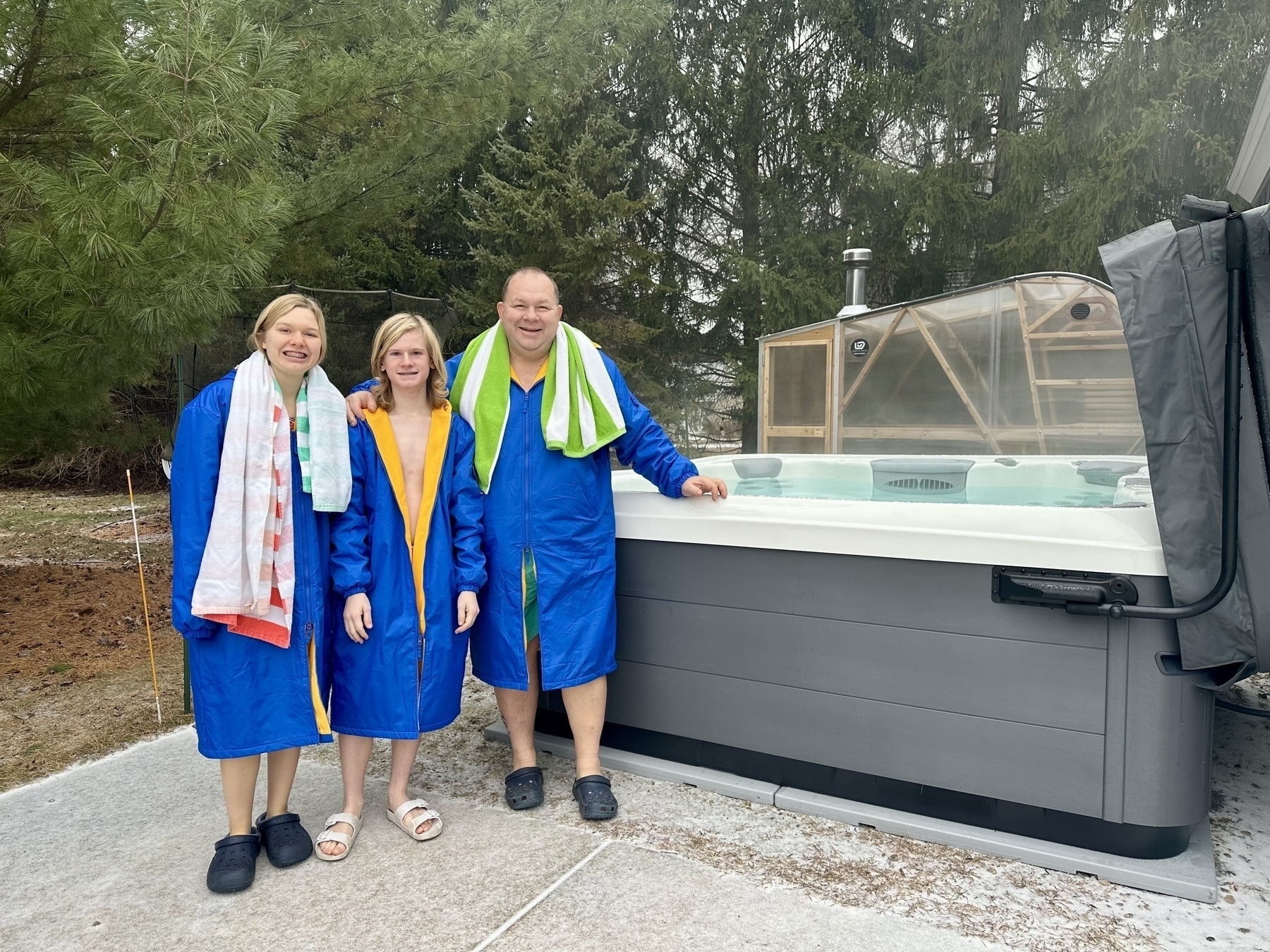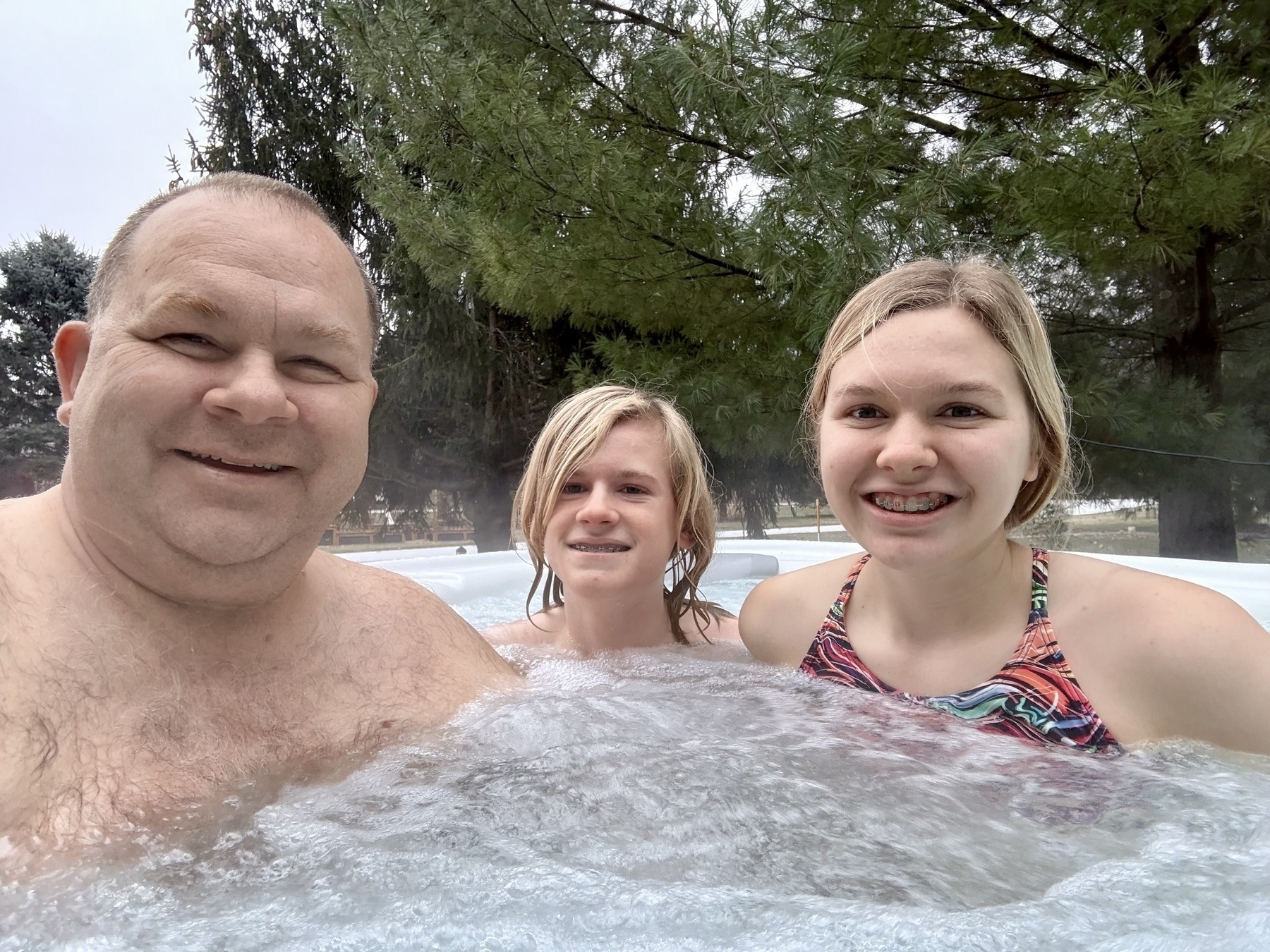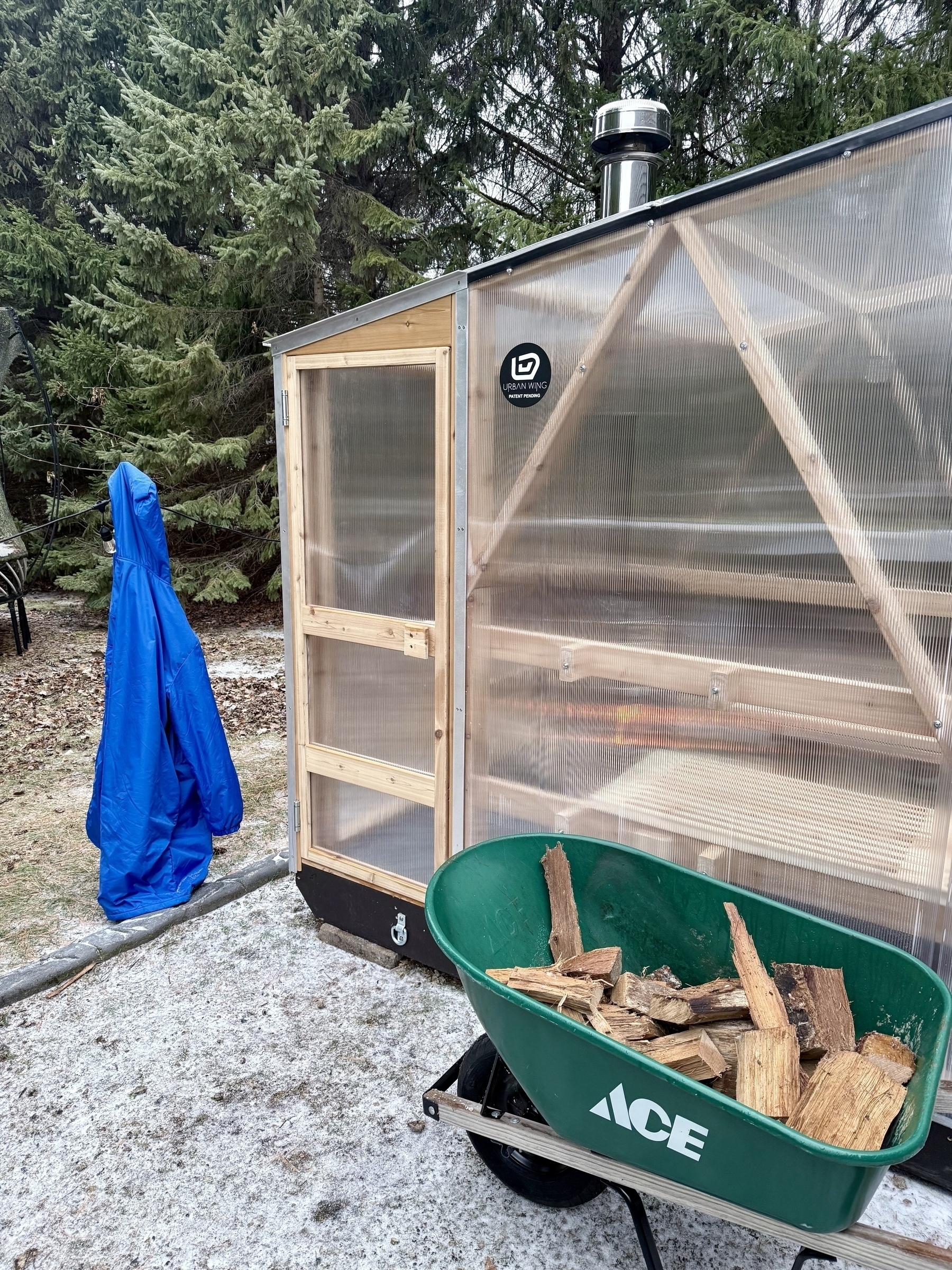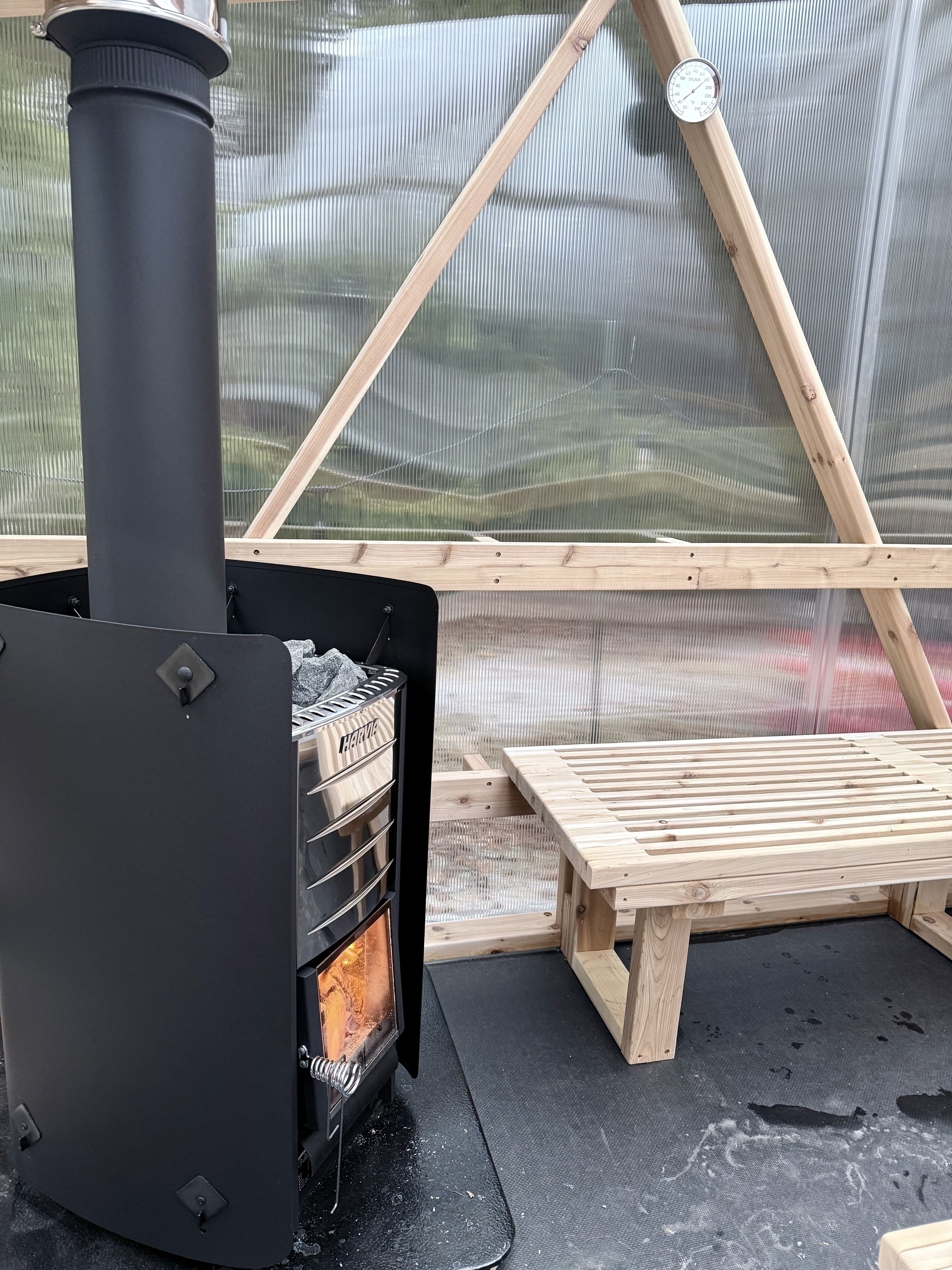Bottom starting the Big Green Egg and hoping I left enough charcoal in it to thaw the gasket so I can open it up. Finishing beef tenderloins on here for early Christmas dinner with my family today. 🤞🔥🧊
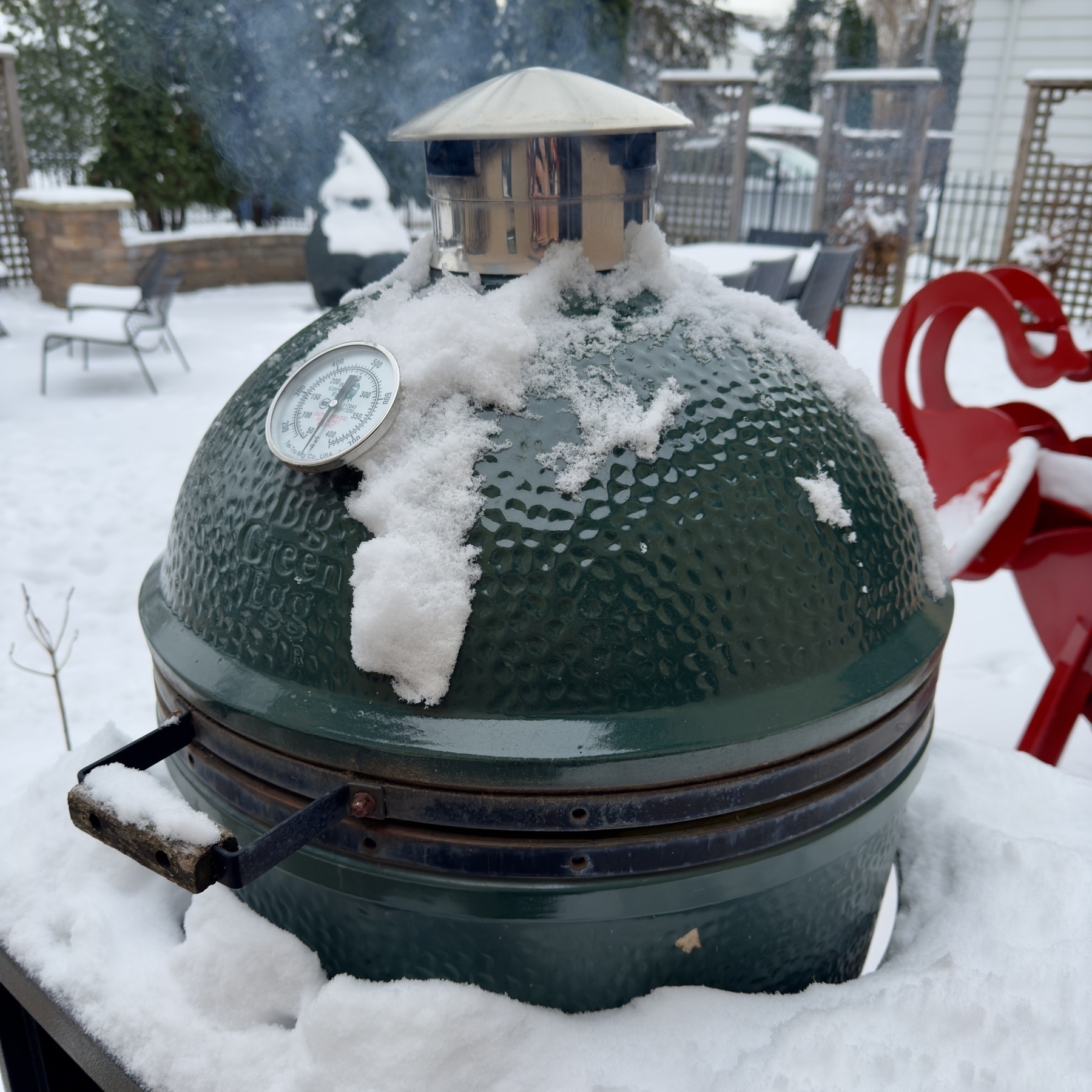
Weekly Thing Christmas Blogs
The random five winners of the Weekly Thing Christmas Blog gift have been selected!
A little Python to do the selection…
import random
# Define list of names
values = [
"name",
"name",
"name",
…
]
# Shuffle the list
random.shuffle(values)
print("Randomly selected values:", values[:5])
And the winners are!
jamie@tangerine ~ % python3 ./pick.py
Randomly selected values: ['Marcos', 'Claudia', 'Jesse', 'Phil', 'David']
Sending notices to everyone now!
One of my favorite activities for a Saturday morning is to enjoy a cup of coffee while reading a variety of emails and web pages I’ve received over the week on my iPad. It very specifically needs to be on the iPad, with no case.
Making Old Fashioned’s tonight for friends.

The 2024 Year in POAP is out and I was proud to again (see 2023) have one of my POAPs highlighted — our Thingelstad Ireland 2024 was the family trip mention.
- Celebrating life’s special times with POAPs: weddings, anniversaries, birthdays and birth days, graduations, family trips, and all the other moments that make life precious.
There are so many cool things happening in the POAP world and this annual roundup is a great recap. I 💛 POAP!
Was seven years ago today that micro.blog opened up to public signups. Doesn’t feel like it has been seven years! Even better it still is the fastest and easiest way to get words and images on the web.
POAP 7276968 at Things 4 Good Scent Survey.
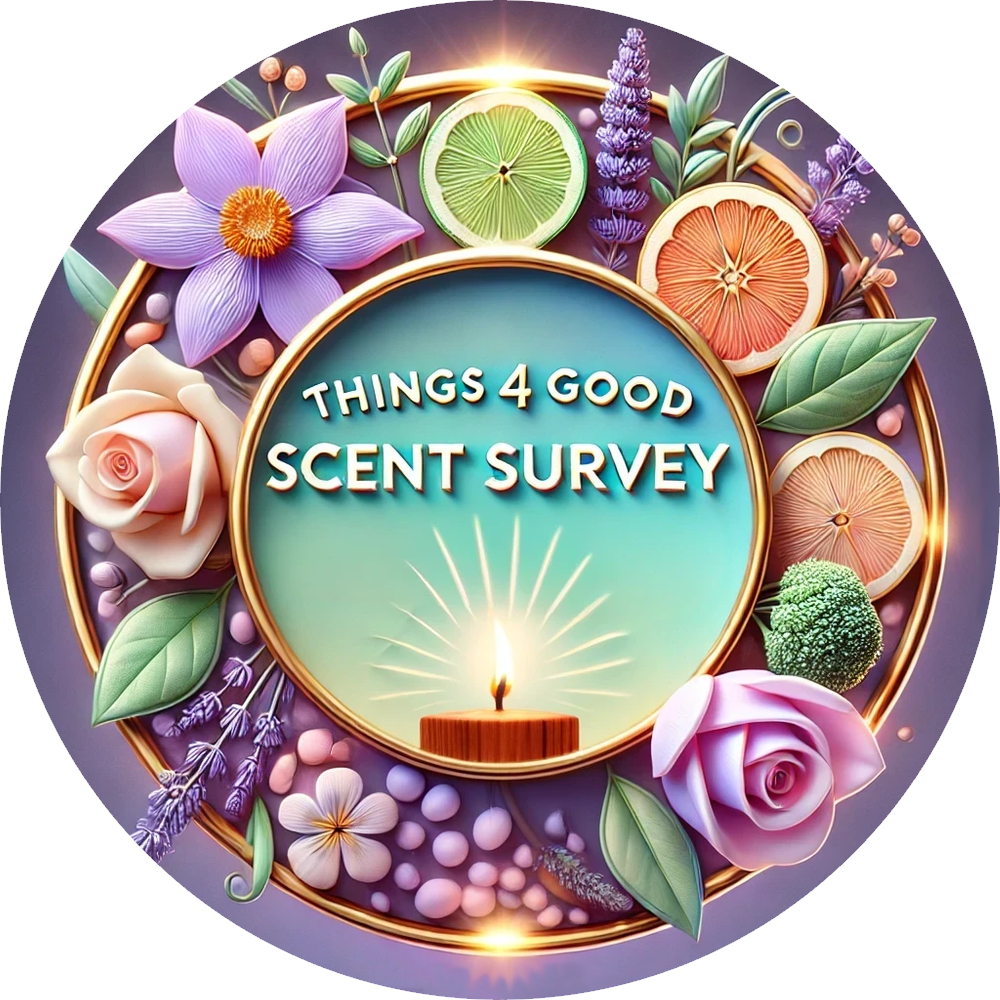
I had guessed that Musk’s net worth would double in the next four years — which would be something like $700 billion.
Elon Musk’s net worth has climbed by more than $200 billion in 2024, a massive increase in the same year that the world’s richest person spent at least $277 million backing Donald Trump and other Republican candidates. — Washington Post, Dec 15, 2024
Leaves him at $442 billion now. Just another 50% to hit that $700 billion. 🎯
$277 million to get $200 billion? As Lawrence Lessig highlighted so well in Rebublic Lost — political grift has a very high ROI. 💸

We had a fun time watching Red One tonight. We like Dwayne Johnson movies and Christmas to boot. Was fun! 🎅💪🏆

When I got home today I walked into a kitchen filled with freshly made Amish Donuts! Mazie and her cousin Nora were busy being donut makers. They tasted incredible! 🤤🍩
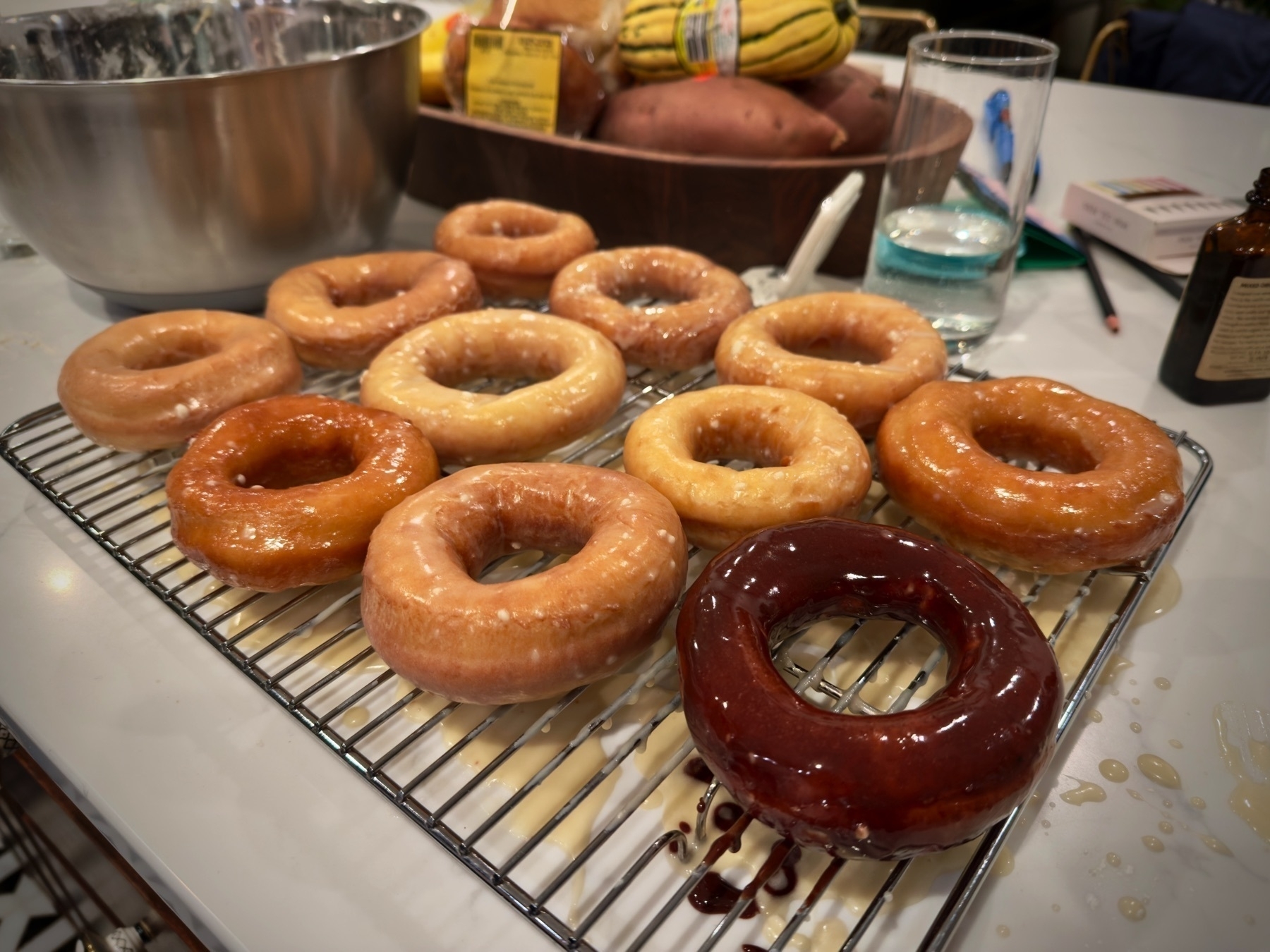
Hey LinkedIn,
Do you remember in 2013 when you started routing emails through your proxy server without asking users about it?
I do.
Because of that you will never have an app on my device. You are only allowed in the web browser where it is safe.
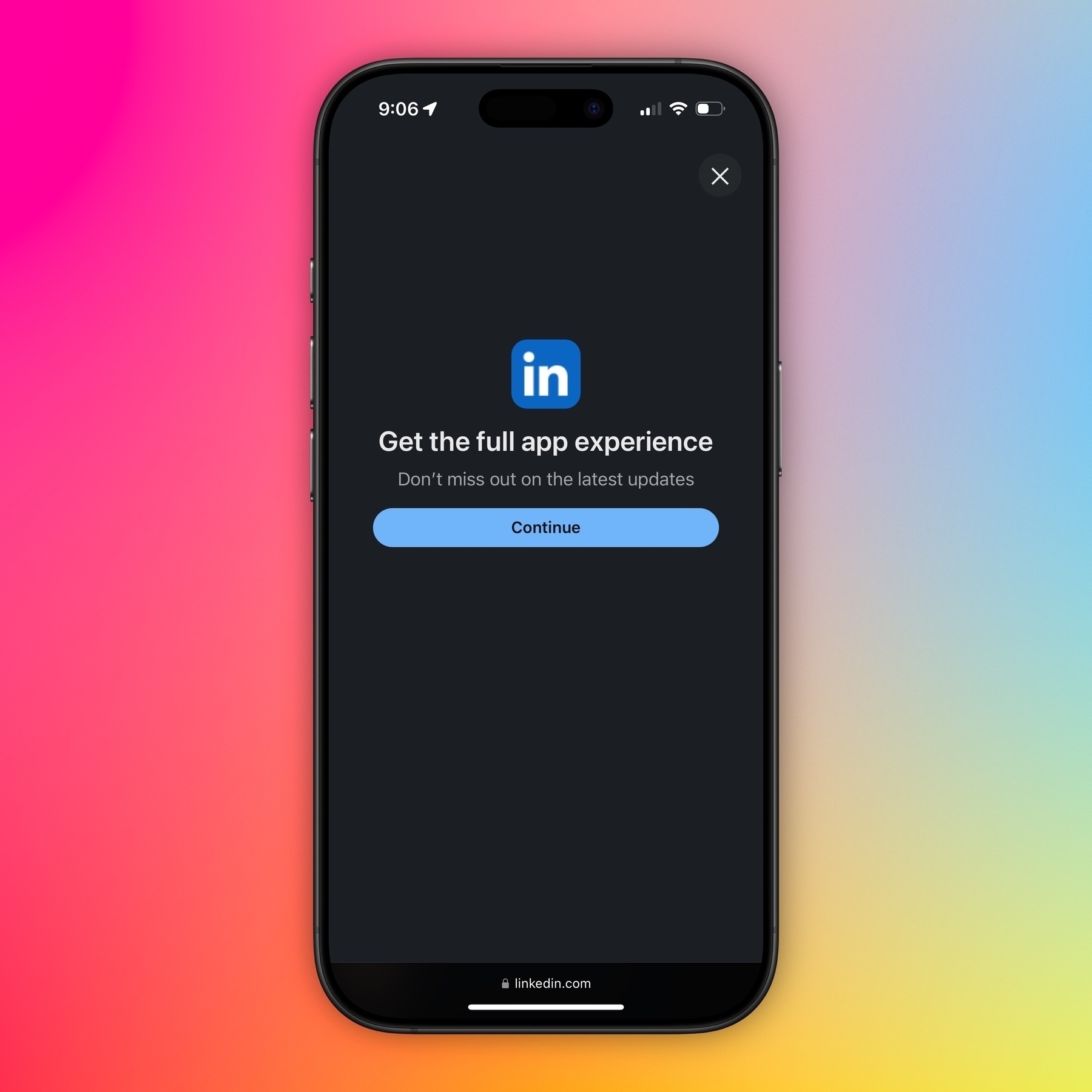
I had a great time catching up with Paul Birkbeck tonight at Red Wagon Pizza. He brought a gift bag of delicious Canadian chocolate and Mackintosh’s Toffee. 🤤🍫
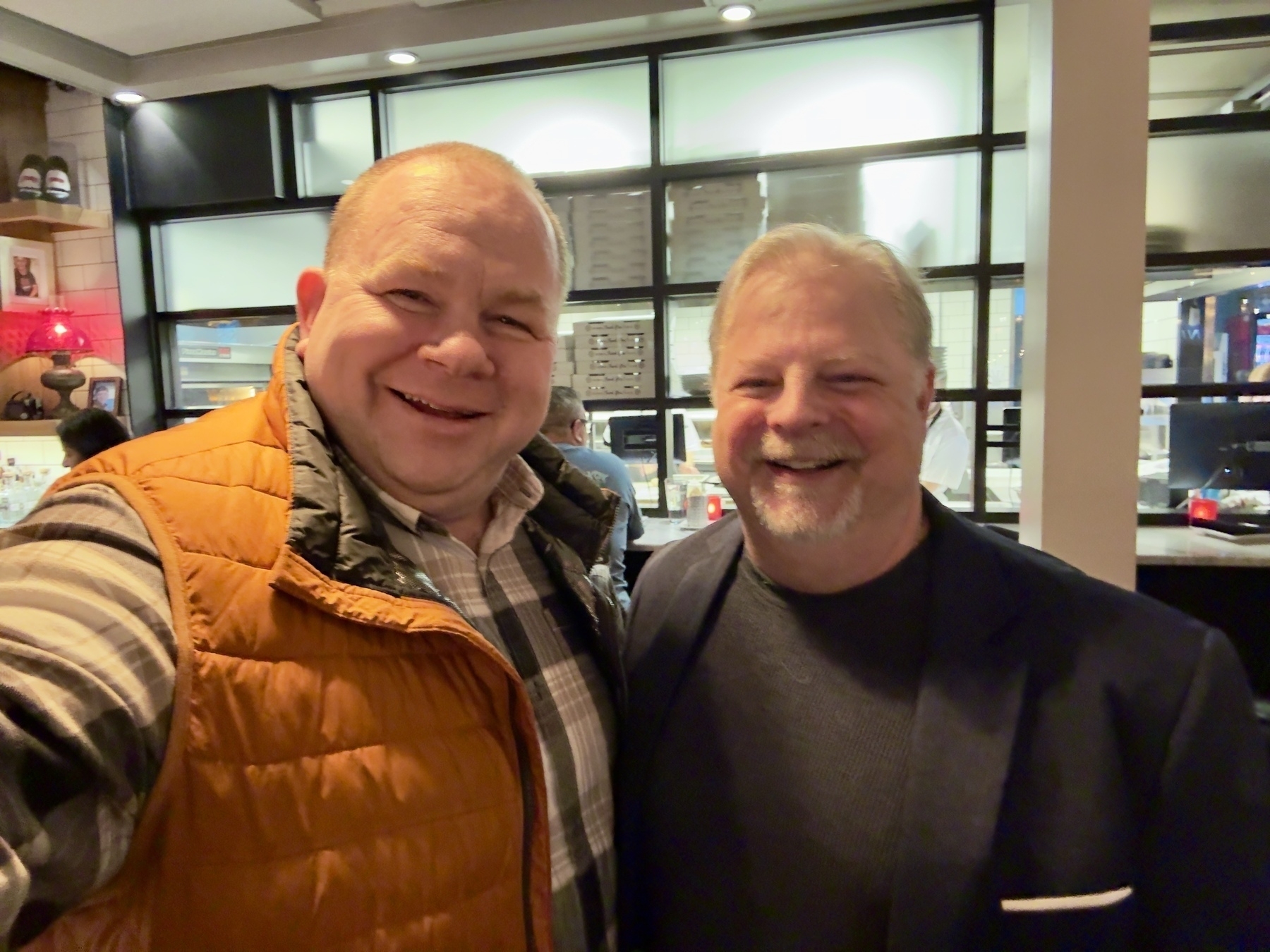
Tammy’s sister Corinne and her husband Denny hosted their annual Cookies with Santa event today. They had so many cookies, hot cocoa and cider, even homemade marshmallows. The weather was perfect with fires to warm ourselves by. 🎅🤶
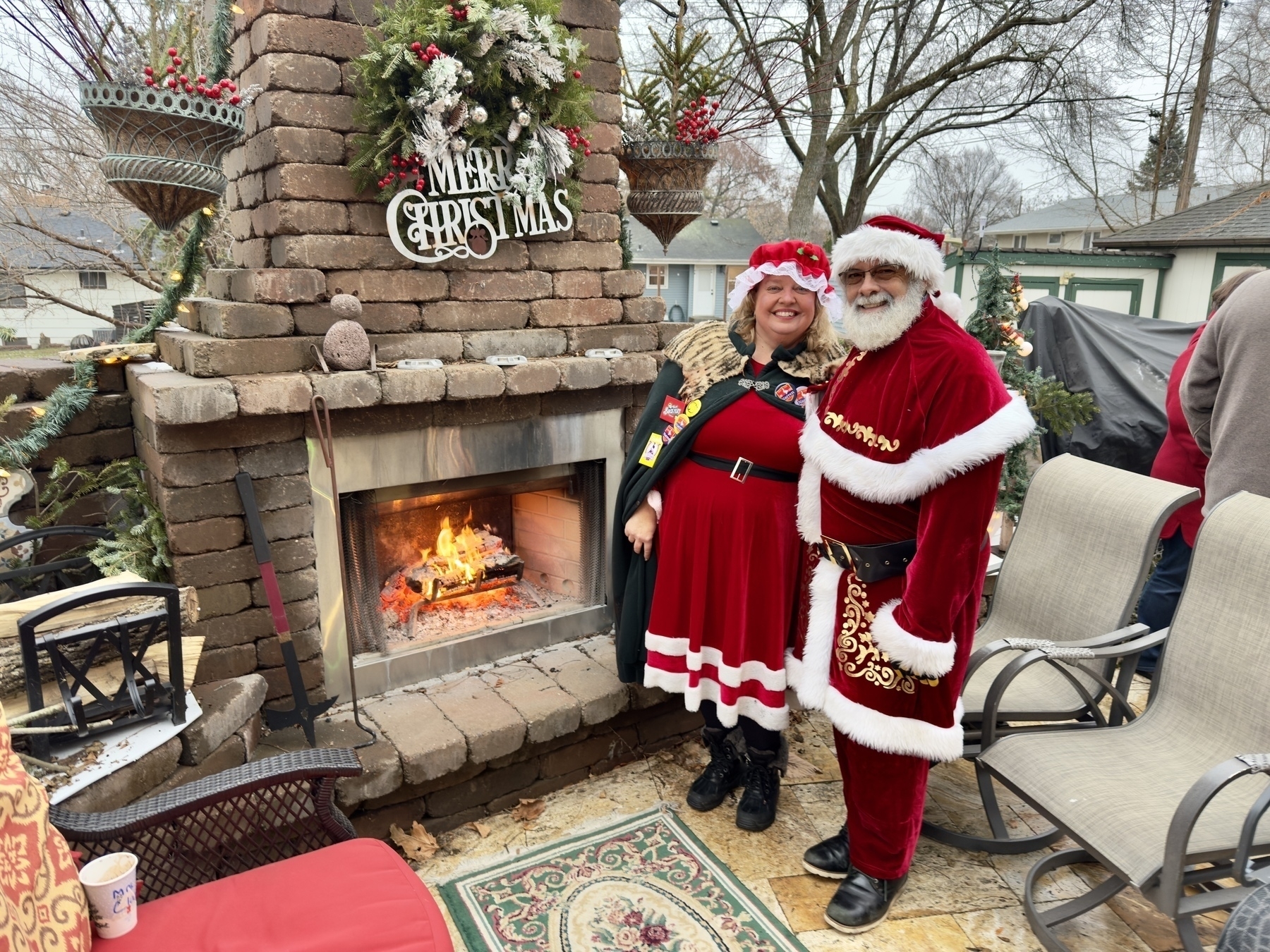

Ethical Web Principles
I like this W3C Statement on Ethical Web Principles.
These principles are not merely theoretical; they constitute a call to action. They encourage everyone involved in the web’s evolution to assess their contributions’ societal and environmental impacts. We can create a web that truly benefits everyone by adhering to these principles:
- There is one web
- The web does not cause harm to society
- The web supports healthy community and debate
- The web is for all people
- The web is secure and respects people’s privacy
- The web enables freedom of expression
- The web makes it possible to verify information
- The web enhances individuals’ control and power
- The web is an environmentally sustainable platform
- The web is transparent
- The web is multi-browser, multi-OS, and multi-device
- The web can be consumed in any way that people choose
That seems like a good list to strive for on the web.
The ice and fog on the lake blended into greyness.

Weekly Thing Logo
I’ve been publishing the Weekly Thing for over seven years. Sometimes I need to have an image associated with it. Some of those times it is actually required. So, I’ve had a mild need for a logo to represent the Weekly Thing for a while.
However, the Weekly Thing is a somewhat novel email because it isn’t locked to a specific topic and has a blend of personal and professional. So if there was an image it hasn’t been clear to me what to connect it to.
Then I had a thought. What could I play with about the “weekly” aspect? A week is seven days. What if I could pull that into the design in an interesting way that could work with my complete lack of design skills. I did some experimentation with ChatGPT to explore a number of topics. I found something I liked and then fired up OmniGraffle to see what I could do.
After a few iterations I landed on an image that I like quiet a bit.

It is simple but identifiable. The seven blocks represent the seven days of the week. The text is Helvetica with custom kerning to tighten it up. As I played with this I liked the fun options I could imagine with the seven blocks. It reminded me a bit of Kottke.org’s redesign and how he is using the four circles.
The blocks themselves can be any colors I want.
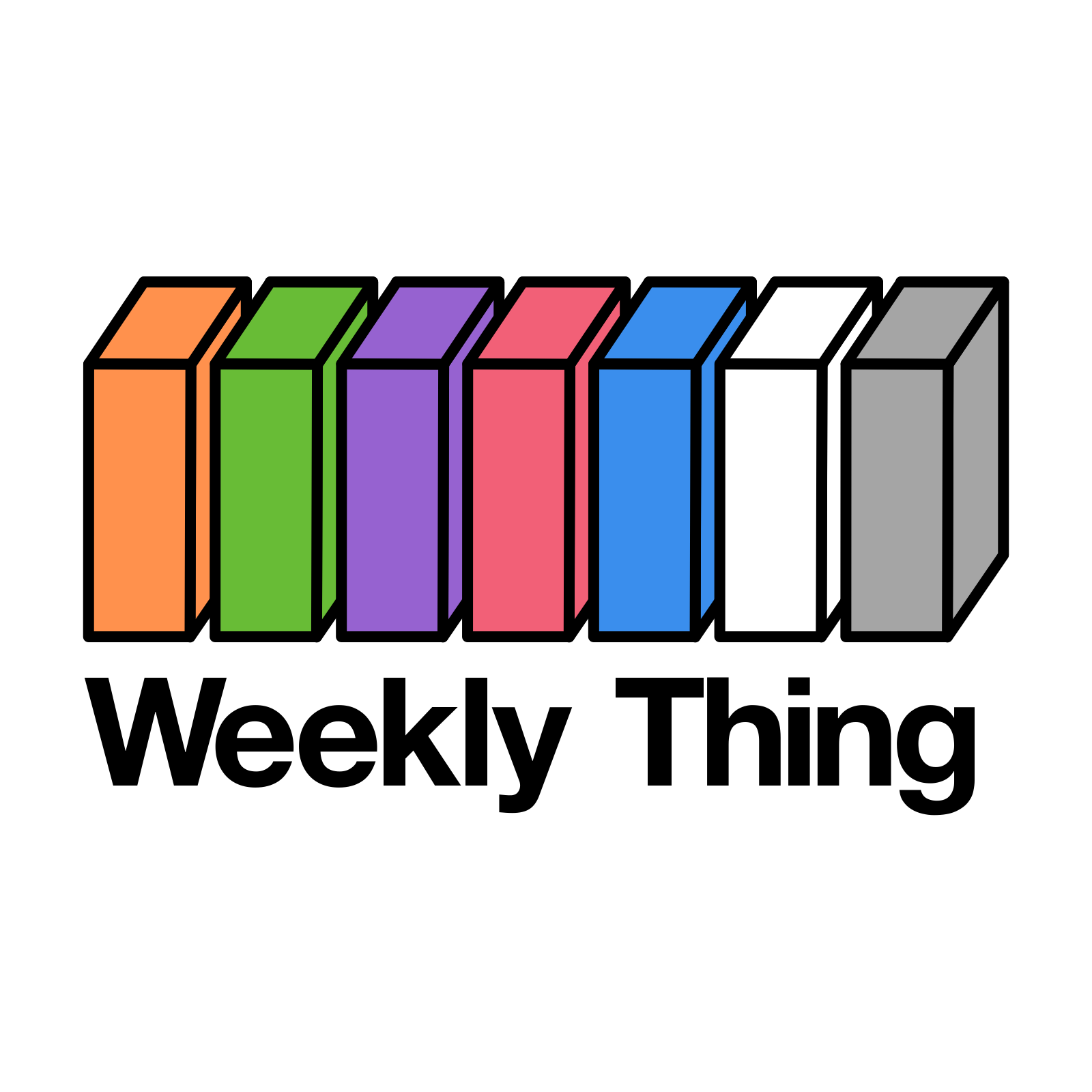
How about a very bright set of rainbow colors?
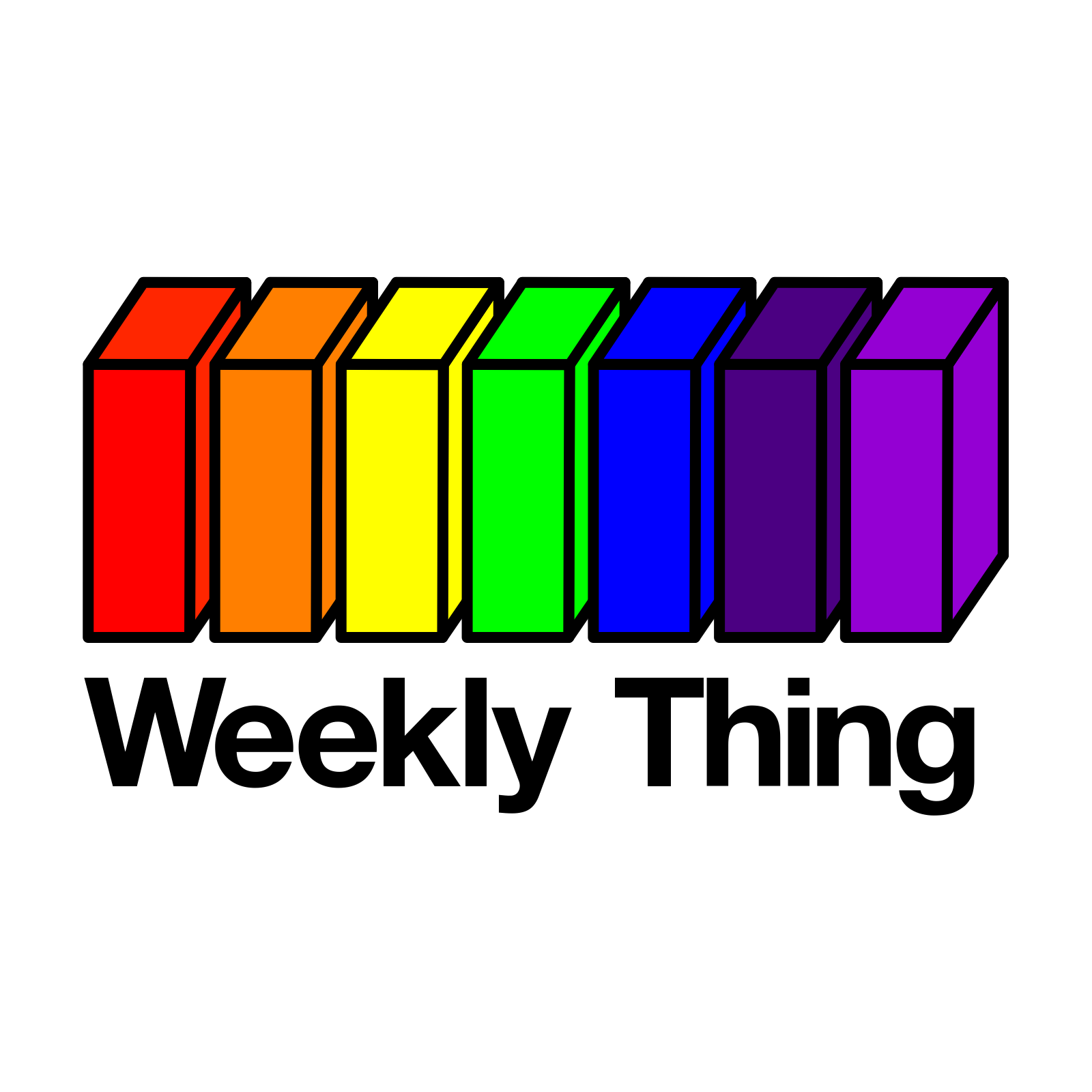
I could see playing with this even more and generating random color combinations on the fly using a dynamic SVG image. Or how about a Christmas logo?
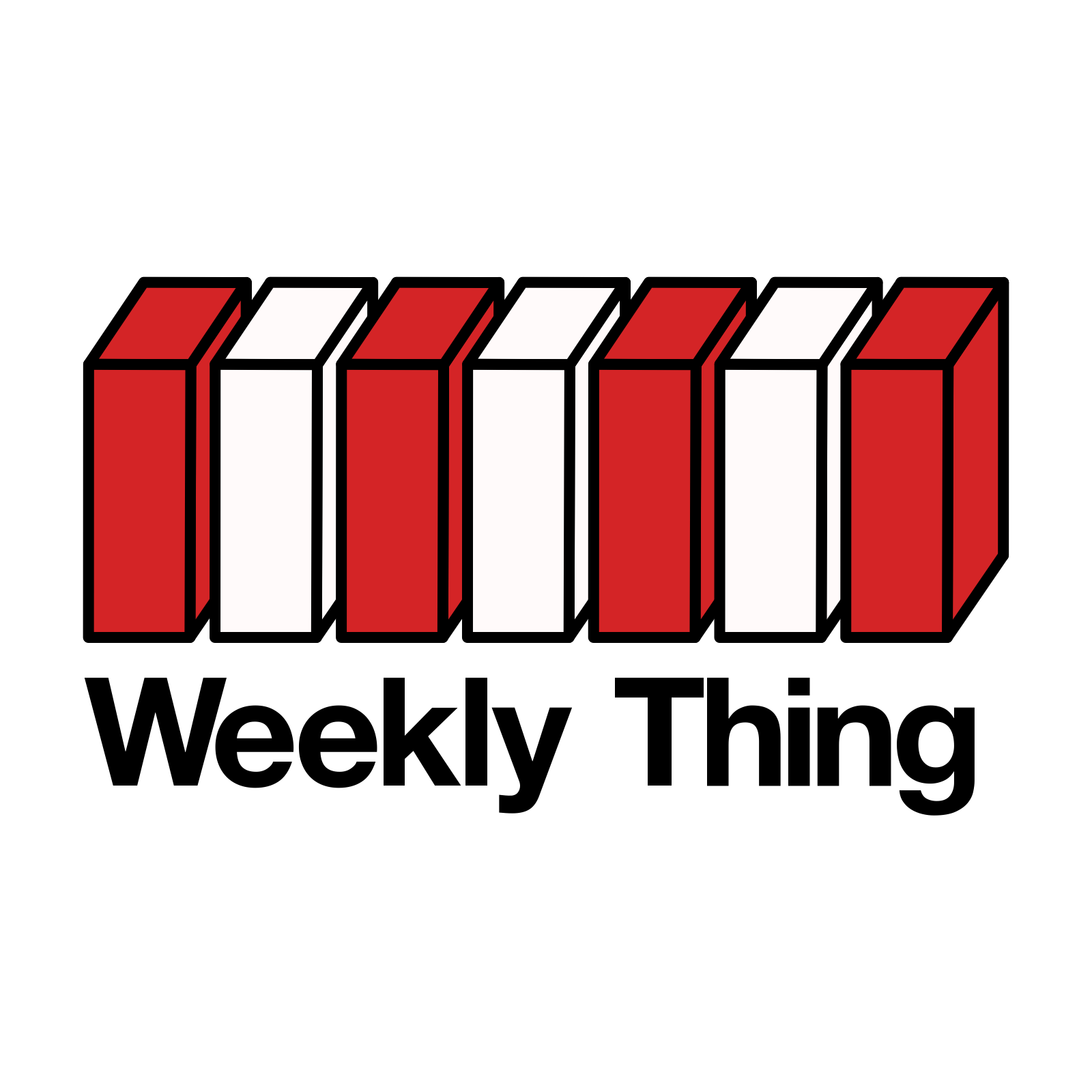
The blocks could be patterned. Something simple done in software, or even colored in by hand.
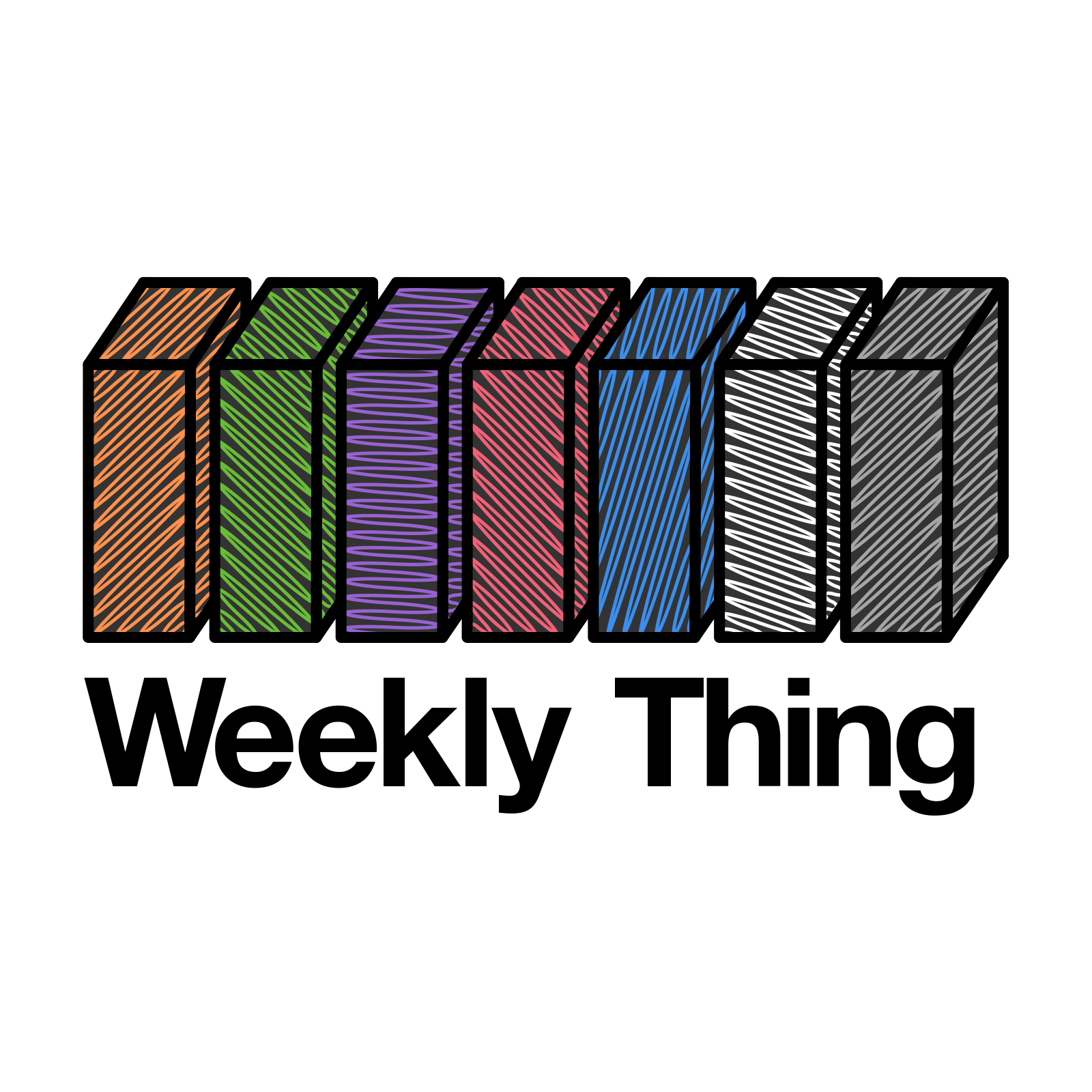
But colors aren’t the only option. The blocks could also be a window into an image to pull in an entirely different vibe. Let’s bring the spirit of adventure.
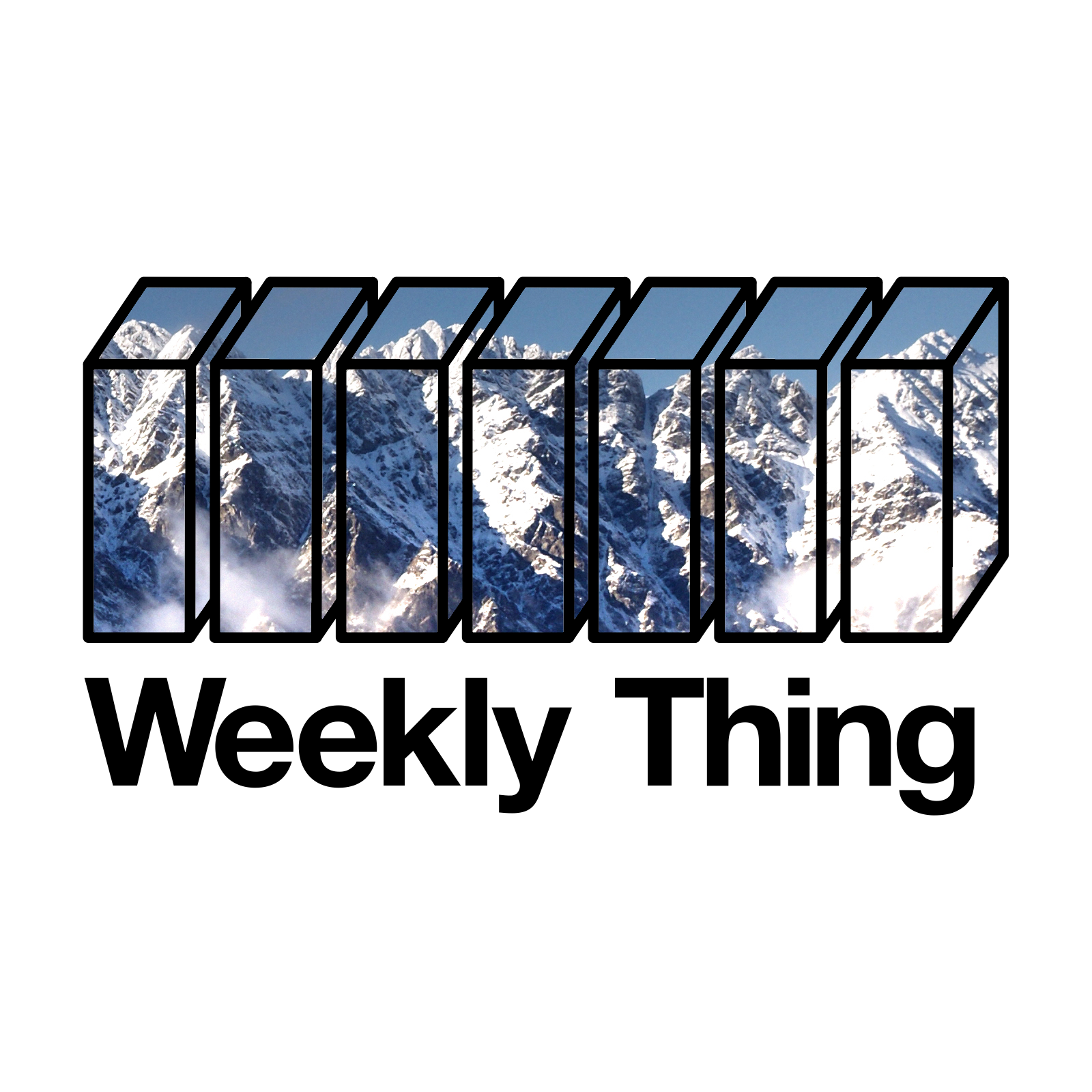
Or how about one of my favorite animals.
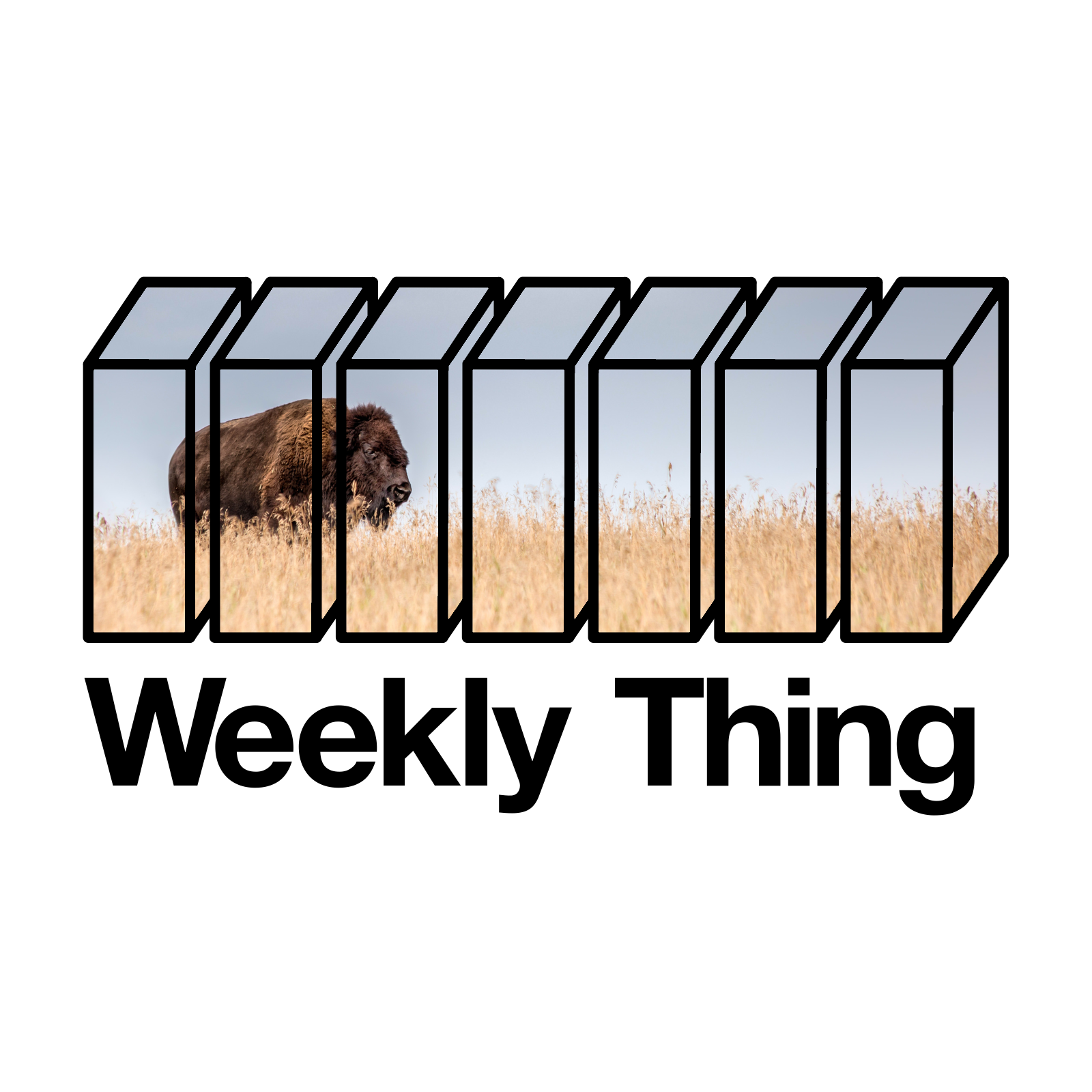
The last extension I thought about that seemed like a fun option was animation. The seven blocks don’t have to be static. I could have them moving around.

I like it and I think it works well for my needs. I’m going to play around during my winter publishing break with how I may use this. I don’t want to change the personal feel of the email with a logo. Perhaps some folks may want a Weekly Thing coffee mug to go with their weekend reading?
Another price increase for YouTube TV?
We “cut the cord”, or more appropriately, cancelled our DirecTV service back in 2009. We’ve been an over-the-air HDTV, streaming, or “video on demand” household ever since. Before taking this leap I had done a comparison of costs and highlighted DirecTV was costing us $1,080 a year. Adjusting that for inflation that is $1,582 in 2024.
Today we subscribe to many streaming services. Neflix, Hulu, Apple TV, Disney+, Paramount+. But the one thing that none of them can get us is live sports. For that, I’ve relied on YouTube TV. I think it is expensive, but it is the “best” way to get live TV. I first signed up for YouTube TV in 2019, and the prices have gone up wildly. The amounts here are the full amounts I was billed, not the list prices.
| Month | Amount |
|---|---|
| March 2019 | $43.01 |
| May 2019 | $53.75 |
| August 2020 | $70.21 |
| November 2023 | $79.58 |
| January 2025 | $90.48 |
13.58% annual growth rate. If we inflation adjust the $43 the price would be $53 today. Instead we are $80 and soon to be over $90.
I paused my subscription. The frustrating thing for me is of all the services we subscribe to YouTube TV is used the least, and is three to six times more expensive than any of them.
I’ve been waiting for the various sports that I care for to go direct so I can get just what I want. But if the past is any indicator, this will actually just result in an even more expensive service. Maybe it is time to go back to the over-the-air HDTV.
This two-way comment system that @manton has setup with Bluesky is pretty cool to see in action. I replied to a comment left via a Bluesky authentication on my blog and it showed up as a post on Bluesky a few moments later. Pretty cool! 👏
Christmas tree is up at the cabin. 🎄

First time for the kids and I in the newly renamed Magic Pines Sit & Soak. Awesome. 💧🔥
